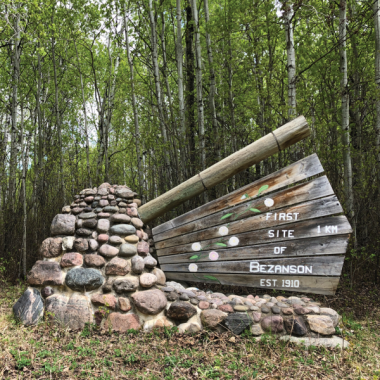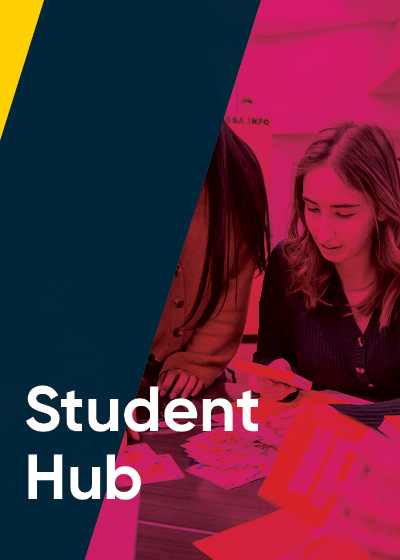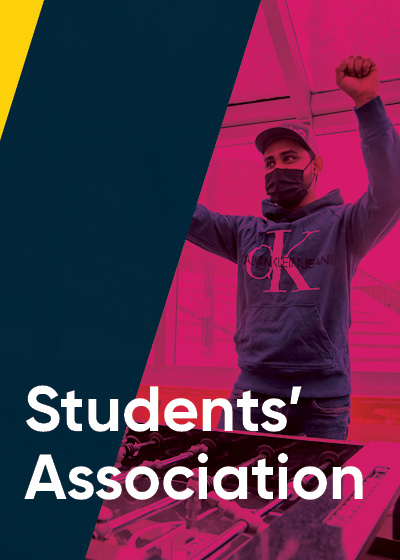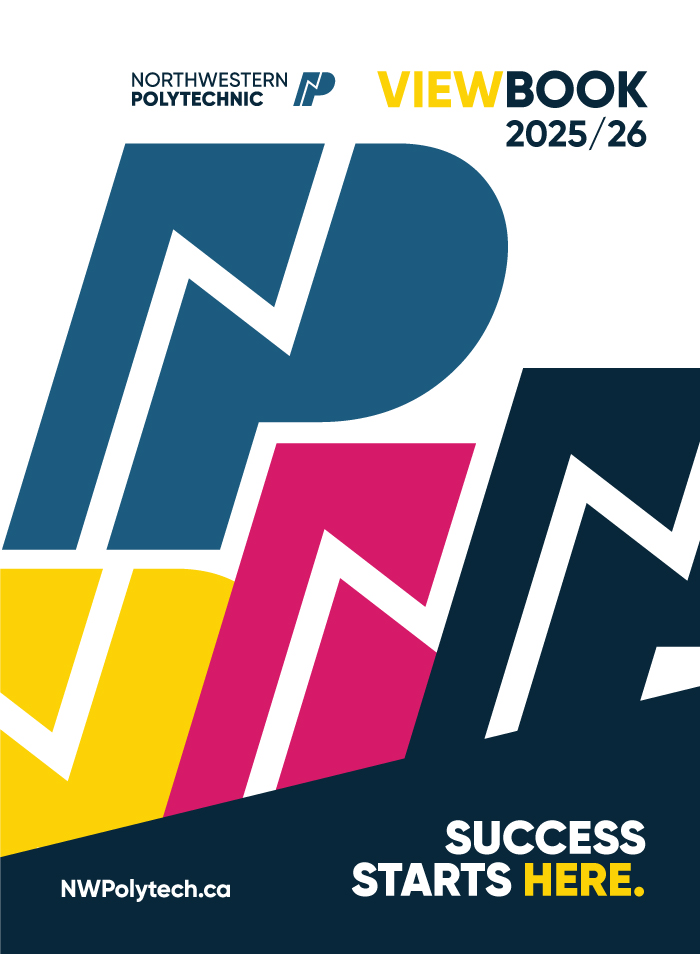News Archives: From Belize to Bezanson: Peace Region Researchers Explore the Archaeology of Boom Towns
Tuesday, March 16th, 2021

From Belize to Bezanson: Peace Region Researchers Explore the Archaeology of Boom Towns.
Throughout their research careers, archaeologists Dr. Shawn Morton (GPRC instructor) and Dr. Meaghan Peuramaki-Brown (Associate professor at Athabasca University and GPRC visiting scholar) have both been fascinated by frontiers. Educated in Alberta, the duo’s academic careers have taken them as far afield as Central America, where their long-term research focus has been on the ancient Maya boom town of Alabama, Belize. The old town site is located outside of the Maya heartland, but appears to have been a bustling frontier town during its time roughly 1,200 years ago.
Boom towns are places that rise rapidly during periods of economic prosperity and are sometimes considered modern phenomena. Dr. Morton and Dr. Peuramaki-Brown have argued that common elements of modern boom towns can be traced back to prehistory.
Keen to take their research home to the Peace Country, Dr. Morton and Dr. Peuramaki-Brown are now looking toward Bezanson, Alberta, for their next initiative. Planning is still in the early stages, but the researchers are gathering insights from community members about a potential archaeology project at the Old Bezanson Town Site located 40 kilometres east of Grande Prairie.
Although Alabama and Bezanson may seem unalike, Dr. Morton says they share important similarities. “The cultural and historical specifics of the two areas are obviously vastly different, but the underlying processes are the same. We’re exploring similar questions in terms of development, displacement, and population interaction.”
A Bezanson-based research project would pose new questions as well. “One of the really neat things about Bezanson is, in terms of settler settlement, it’s a plan that was essentially interrupted,” said Dr. Morton. “It was never fully realized. Where were these people heading? What does that say about the experience of living in that community?”
In the early 1900s, grand plans for a bustling north Alberta city called Bezanson were famously quashed after the hoped-for rail line ended up passing through Grande Prairie instead, and the tiny town was moved to its current site. Most interestingly for Dr. Morton and Dr. Peuramaki-Brown, the detritus of the failed city remains at the old townsite, bursting with clues about what daily life was like for its settler and Indigenous inhabitants.
When discussing their future research plans, both researchers emphasize the importance of a community-based approach. Dr. Peuramaki-Brown acknowledges that, in the past, archaeology has often been employed as a ‘colonial tool.’ “People would drop in, do their stuff, and you would never hear from them again, and of course, that is hugely problematic,” she explained. At best, says Dr. Peuramaki-Brown, this sort of scholarship is shallow and exploitative; at worst, it can be actively harmful. In community-based research, community members are involved at each stage of the research. “The more people and voices you include, the better,” said Dr. Peuramaki-Brown. “True engagement happens when, from the very beginning, you reach out to communities and try to understand their concerns and questions and what they might be interested in. From there, you can build a good, well-rounded research question, and then a program of consultation and collaboration that lasts throughout the project.”
As part of this engagement process, Dr. Peuramaki-Brown and Dr. Morton are taking their research public, asking community members and organizations for input and advice. On March 26, 2021, they are planning a public virtual presentation on their research, inviting feedback and ideas for a collaborative, Bezanson-based project. Dr. Peuramaki-Brown is excited at the prospect of expanding the team’s research across borders and cultures. “So often as archaeologists, we get stuck in one cultural area,” she said. “If we engage in more cross-cultural research, it makes our understanding and our argument stronger.”
Dr. Morton and Dr. Peuramaki-Brown are confident that, despite archaeology’s sometimes patchy history, the discipline still has great potential to heal, educate, and empower. When done with care, archaeology can even be a powerful way to spotlight marginalized voices. “In Bezanson’s case, a lot of people were associated with the establishment of that community, but they are essentially silent,” said Dr. Morton. “We don’t have a narrative, they are not included in the historical record, and their voices aren’t present. But through archaeology, we can bring a voice to those groups.”
Explore GPRC research opportunities at GPRC.me/Research.













